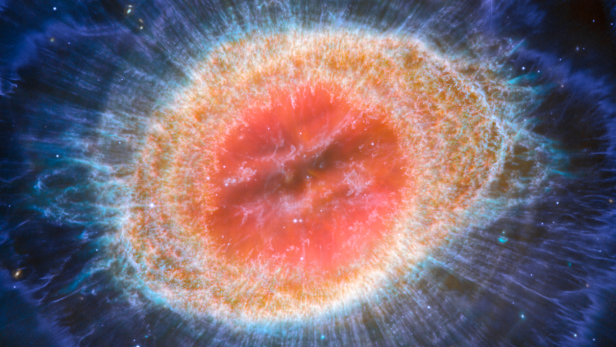
© ESA/Webb, NASA, CSA, M. Barlow (UCL), N. Cox (ACRI-ST), R. Wesson (Cardiff University)
Franziska Bechtold
The James Webb Space Telescope (JWST) was launched into space two years ago. Since the first photos were published, the stunning shots have continued to generate excitement. We offer you a look at the most important telescope discoveries of the past year.
A new look at the supernova
Supernova SN 1987a It was first recorded in the near infrared range. You can easily see the hourglass shape.
➤ Read more: James Webb shows a supernova like we've never seen it before
© NASA, ESA, CSA, Mikako Matsuura (Cardiff University), Richard Arndt (NASA-GSFC, UMBC), Claes Fransson (Stockholm University), Josephine Larsson (KTH), Alyssa Pagan (STScI)
In the middle you can see a very dense light blue A-shaped area keyhole. It is for this reason that a bright ring can be seen for the first time Crescent-shaped structures He became recognizable. They are probably part of the outer layers of gas, Which was called a supernova explosion.
Discovery of the oldest supermassive black hole
In collaboration with the Chandra telescope, JWTS was able to discover the oldest black hole to date. in the middle Galaxy UHZ1 It has just come into being 470 million years After the big bang.
➤ Read more: Ancient black hole poses mysteries
© X-ray: NASA/CXC/SAO/Ákos Bogdán; Infrared: NASA/ESA/CSA/STScI; Image processing: NASA/CXC/SAO/L. Fratari and K. Arcand
It has a mass of 10 to 100 million suns It is therefore very large for the early period. that it 13.2 million light years away from the ground. This presents a challenge for scientists because this mass is unusually large so soon after the Big Bang. And it can 200 million years It may have emerged from a gas cloud after the Big Bang, which may explain the rapid growth.
Amazing image of nebulae
The telescope was able to obtain a wonderful picture of the planet Herbig-Haro object 211 (H 211). Herbig Harrow also objects Nebulae Which occurs in the vicinity of young stars.
➤ Read more: James Webb managed to capture an amazing phenomenon
Herbig-Haro object 211
© ESA/Webb, NASA, CSA, T. Ray (Dublin Institute for Advanced Study)
Herbig-Haro objects form when they are ejected from stars Ionized gas It encounters dust and gases formed around the young celestial body at high speed. According to NASA, the image reaches 10 times more detailed From previous recordings of this phenomenon.
A mysterious question mark in space
in the picture Herbig Harrow Objects 46/47 An unusual shape appears. A question mark can be seen in the image – and there is still no answer as to how this shape appeared.
➤ Read more: James Webb discovers a mysterious “question mark” in space
The “question mark” below the Herbig-Haro objects 46/47
© NASA, European Space Agency, Canadian Space Agency. Image processing: Joseph DePasquale (STScI)
According to scientists, it could be so 2 Interacting galaxies Act, for example about one merger. Interactions can lead to the odd shape. In any case, the color of the object indicates that the object so far he.
The building blocks of life in an icy dark cloud
the 500 light years The so-called distant Darkcloud Chameleon I So dark that all the light from objects behind it is absorbed. There are researchers from… University of Bern And Leiden University in the Netherlands now this The coldest ice cream Proof that it has ever been measured.
➤ Read more: James Webb finds the building blocks of life in the dark molecular cloud
© NASA, ESA, CSA, and M. Zamani (ESA). Science: M. K. McClure (Leiden Observatory), F. Sun (Steward Observatory), Z. Smith (The Open University), and the ERS Ice Age Team
There they found what are called CHONS, that is, THESE The building blocks of life: Water, carbon, nitrogen, oxygen and sulfur. Amino acids can be formed from these components.
A new look at Uranus' rings
Uranus' rings have never been seen in such detail as in this image. the Inner and outer ringsincluding the very weak “Zeta” episode.visible on it.
➤ Read more: You've never seen Uranus like this before
Uranus rings
© NASA, ESA, CSA, STScI
In addition to rings, a telescope can also 14 of 27 known moons To register: Oberon, Titania, Umbriel, Juliet, Perdita, Rosalind, Puck, Belinda, Desdemona, Cressida, Ariel, Miranda, Bianca and Portia.
Discovery of the smallest brown dwarf
Maximum only 3 masses of Jupiter It is the weight of the small celestial body discovered by the James Webb Space Telescope in December (More about it here). Brown dwarfs Too light to be stars, too heavy to be planets. They lie between them.
© NASA, ESA, CSA, STScI, Kevin Lohmann (PSU), Catarina Alves de Oliveira (ESA)
3 The newly discovered boundary crossers can be seen in the image from the James Webb Space Telescope, and one of them is the lightest yet found. It weighs only 3 to 4 Jupiter masses and is only round 850 degrees hot.
During spectroscopy, the researchers found one Chemical signatureWhich has not been discovered so far except on the planet Saturn and its moon Titan. They doubt that this is the one yet Unidentified hydrocarbons Actions. It was research In the astronomical magazine published.
Discovery of a dying star in the Ring Nebula
even if Ring nebula Already well documented by Hubble, the James Webb Space Telescope was able to find something new: the nebula may not have been created by just one object. A dying starBut this star has one Companion.
© ESA/Webb, NASA, CSA, M. Barlow (UCL), N. Cox (ACRI-ST), R. Wesson (Cardiff University)
The new photo provides evidence of one The second starIt is as far from its host star as Pluto is from the sun. Astronomers suspect that its gravity could form the structure of the ring nebula In the current situation.
The images are fueling debate about the Hubble effort
The so-called Hubble constant describes the expansion of the universe. But there is a difference from that Afterglow of the Big Bang And the constant that is as Hubble effort It is referred to as. Therefore, the universe is expanding very quickly. in the picture Galaxy NGC 5584 Some stars have been observed to study the Hubble Constant.
➤ Read more: How do we know the age of the universe?
© NASA, ESA, CSA, Adam J. Rees (JHU, STScI)
this Cepheids It is a specific class of stars that are so bright that the distance between them can be measured accurately. the New measurement confirms Hubble constant It thus raises further questions about what unknown force in the universe could be responsible for accelerating the expansion of the universe, it is said. In a NASA statement.

“Social media evangelist. Baconaholic. Devoted reader. Twitter scholar. Avid coffee trailblazer.”








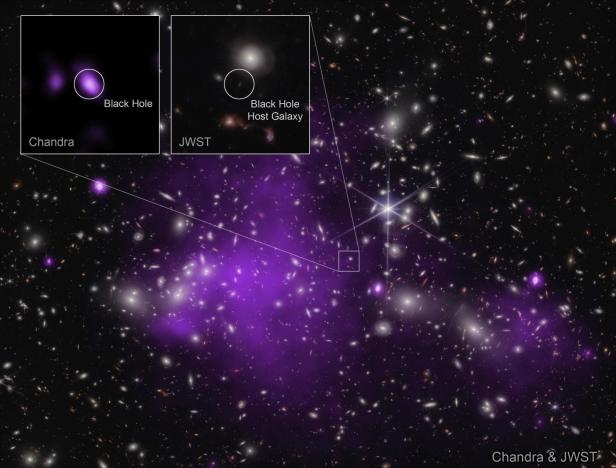
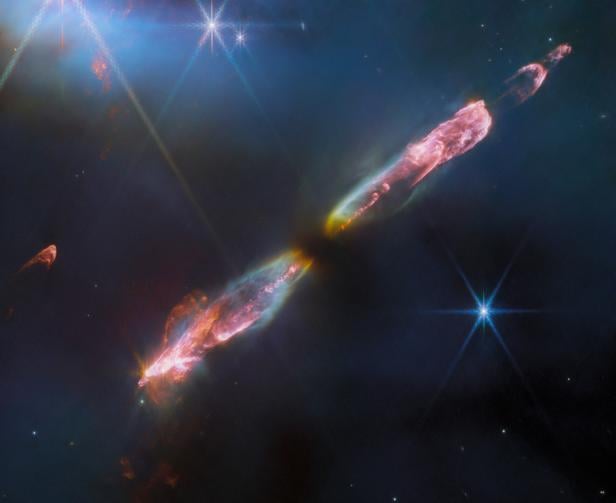
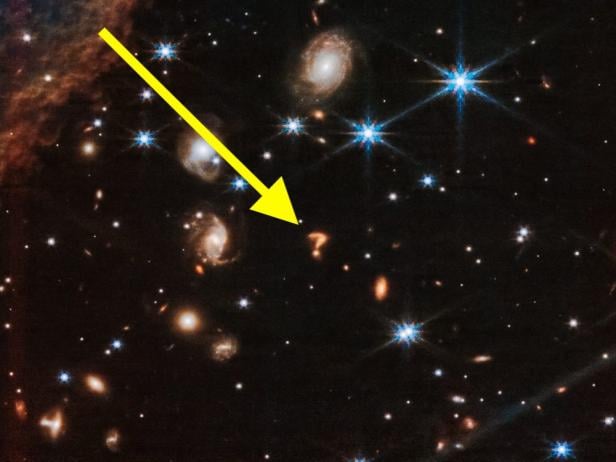
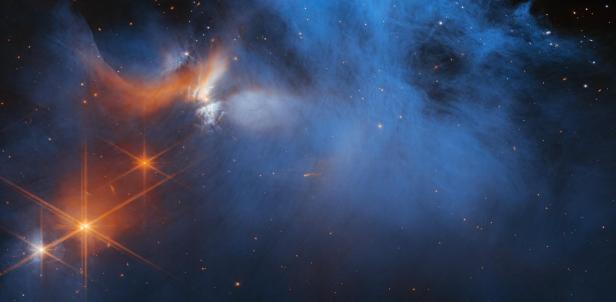
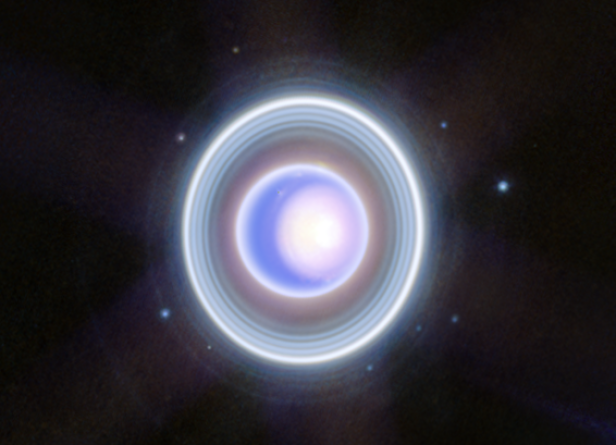


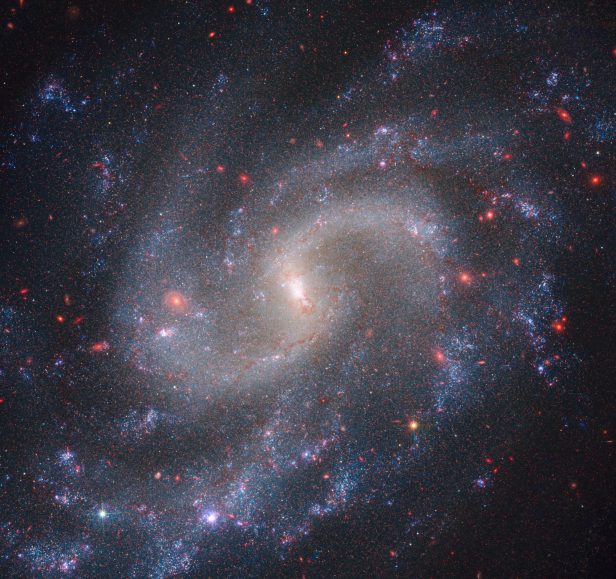

More Stories
Longest jets in the universe discovered – giant particle streams as long as 140 Milky Way galaxies in a row
New method reveals 307 supernova remnants
Snapchat is upping the ante on augmented reality glasses